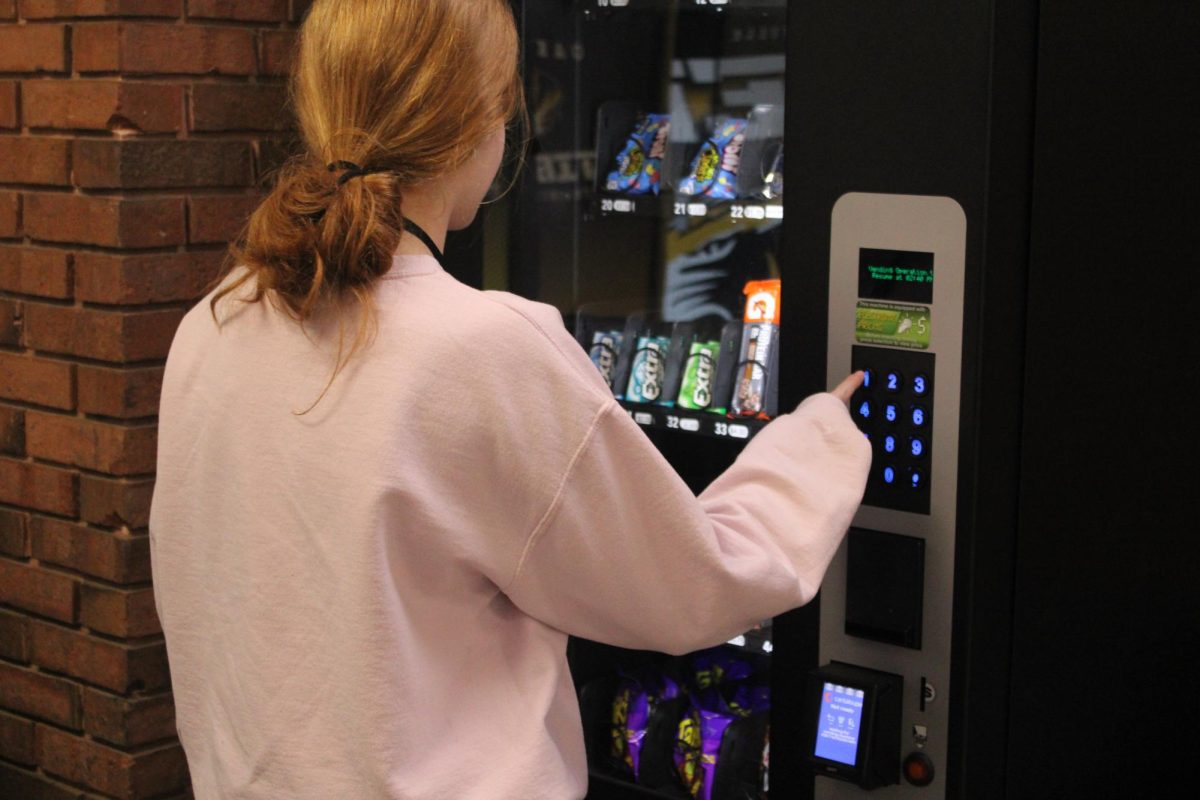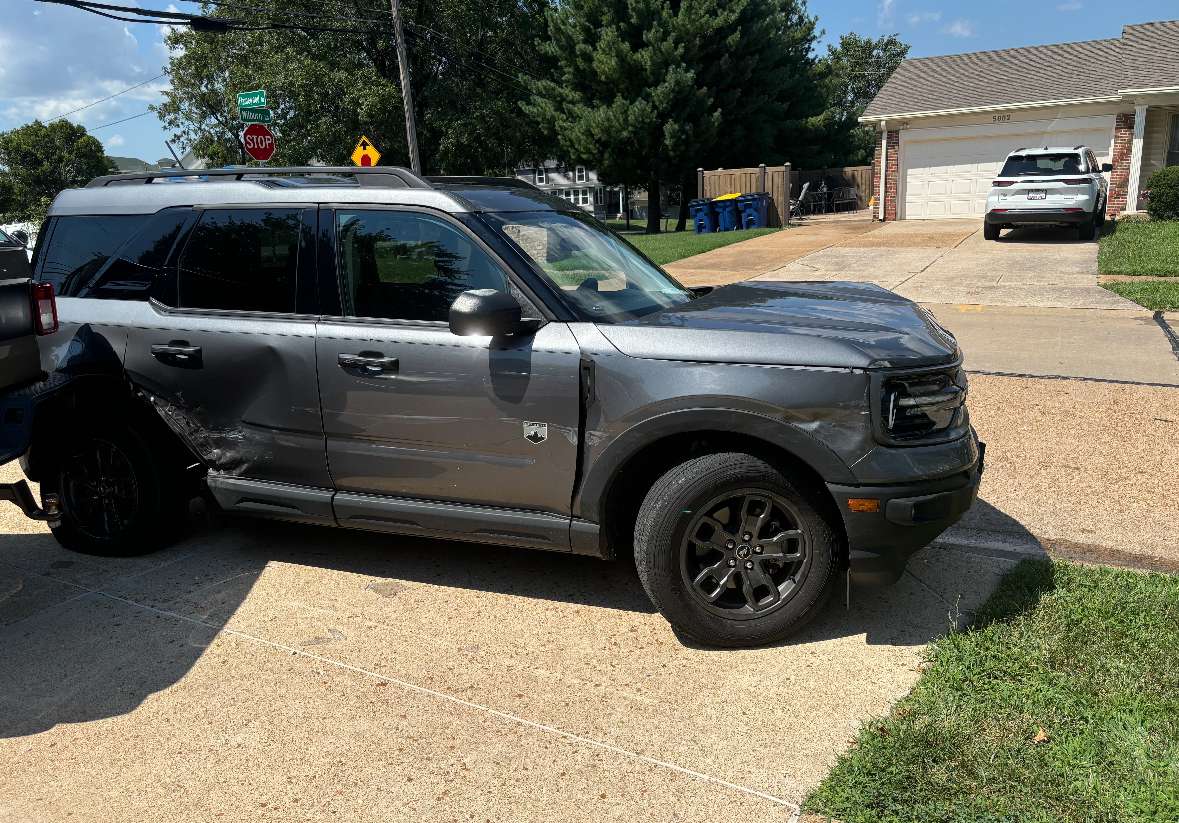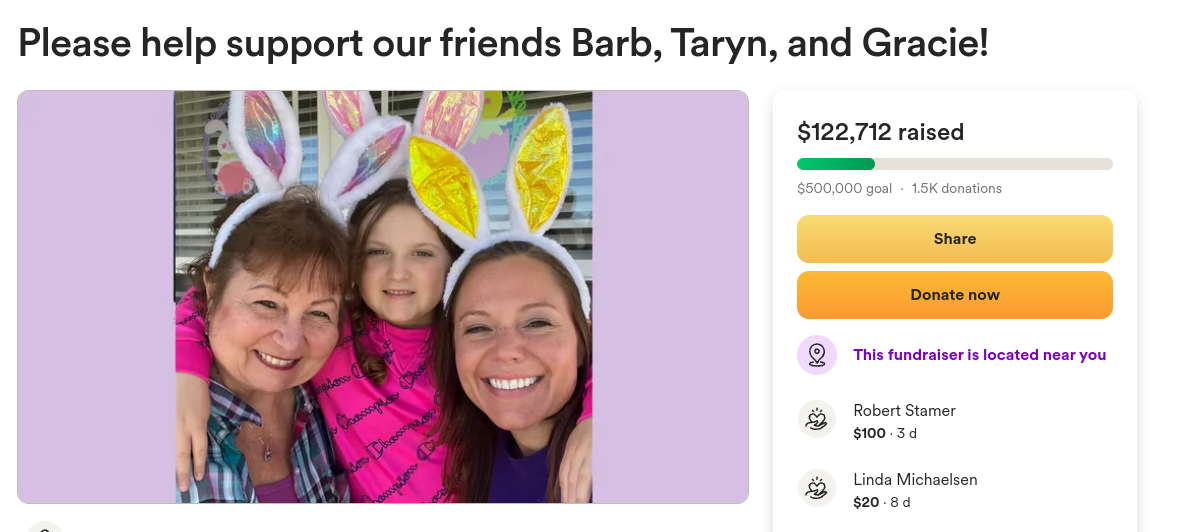The second round of major renovations in three years to the OHS softball/baseball field will start in June 2024. During the previous renovations, the softball team did not have access to the home facilities for an entire season.
The last renovations to the OHS field occurred from July 2021-October 2021, and included fixing drainage issues in the outfield, redoing the infield, putting in new irrigation and sod, installing Duraedge (a super-absorbent infield material) and putting up a new backstop.
“Obviously the backstop doesn’t have anything to do with the way the field plays, but the backstop that they put up, the screen and everything, is really nice and looks much better than the fence we had before,” Rich Sturm, head baseball coach, said.
However, more renovations need to be done, and that will start in June 2024. As far as in the outfield, the company that has been hired will primarily focus on grass issues in foul territory.
“At this time of the year grass is not wanting to grow, so you’ve got wet grass, you’ve got dormant grass that cleats and tons of kids are going through, so it kills it, and it never really has a chance to regrow. So, from an aesthetic standpoint, they’re going to clean that up,” Sturm said.
And in terms of the infield, they will re-level it and add more Duraedge, which, because of rain erosion, has to be done every few years.
“Part of it is aesthetic, and then part of it is to redo the playing surface on the infield so it plays much better,” Sturm said.
Currently, the infield is very hard, according to Sturm and several players on both the softball and baseball teams, which is why these infield renovations must take place.
“It (the hardness of the infield) has a massive impact…If the infield is too firm or too hard, you gotta think the speed and velocity that the ball, whether it’s a softball or baseball, is getting to the infielders—it can become dangerous,” Sturm said.
The ball can bounce randomly and hit a player anywhere, but most dangerously in the nose, jaw, or anywhere else in the facial/head area.
“The harder that surface is, the hops become unpredictable,” Sturm said.
While the unpredictability that comes with an extremely solid infield is Sturm’s greatest concern, Amelia Wiesler (11) is concerned by something else.
“If you’re on offense and you’re running home, you could easily roll your ankle because there’s so many little holes,” Wiesler said.
Gabe Huelsing (11), as an outfielder, is more concerned with the state of the outfield than the infield.
“The big thing is that the outfield is really patchy and just last week, one of our players actually rolled his ankle in the outfield and he got hurt,” Huelsing said.
While the ground material is different, problems in both parts of the field are almost identical.
“When, you know, a ground ball is hit, it could take a weird hop from all the patchy grass, so you just have to get, you know, get good reads, and sometimes that can mess you up,” Huelsing said.
So, what exactly would be the ideal?
“You ideally want an infield that’s got a little bit of cusion to it, so when kids hit the ball hard on the ground, the ball sits—as we speak—which means it stays lower to the ground because there’s more sponge and more give to it,” Sturm said.
And in terms of the outfield, turf would be the ideal; however, it can cost upward of $375,000 to turf a high school outfield, not including the cost of labor to install it (Greatmats).
“You have a field, in turf, that requires no maintenance to it,” Sturm said, “you show up everyday, unless it’s pouring at practice or game time, it’s playable. So, from that standpoint, I wouldve loved to have had the opportunity to coach and have that.”
And maintenance plays a huge part in the baseball and softball seasons.
“I don’t think people realize how much time we spend dragging that field, prepping the field,” Sturm said.
Baseball players have to drag the infield, which means evening out the Duraedge to fill any little holes, and if there is any rain in the forecast, they have to pull the over 1000-pound tarp out and over the field.
“We (softball players) dedicate a three hour practice to just picking weeds off the field and having to drag it and putting conditioner on it,” Wiesler said.
While a turf field would be a huge up-front investment, because the softball and baseball teams share a field, unlike at most other high schools, it would be an investment that benefits double the amount of students.
“Our situation is unique,” Sturm said. “I don’t think it necessarily makes it bad, but it is unique.”








